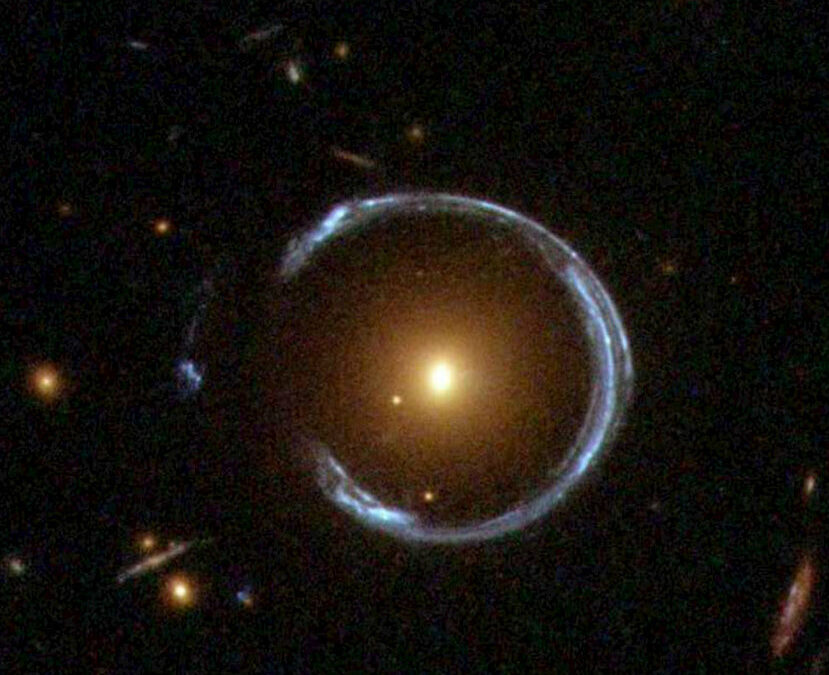


Spectroscopy
The Spectrum of light and what it tells us by Ludwig Scheibe (TU Berlin), July 2024 One fundamental and essential tool in the study of exoplanets is the study of light spectra. It is useful to have an understanding of the essential concepts behind spectroscopy and its...
Astrometry
by Ludwig Scheibe, February 2025 The most common and most succesfully methods of finding planets around other stars are the transit and radial velocity methods. Using those, humanity has discovered thousands of exoplanets and is still discovering more. But both of...
Direct Imaging
by Ludwig Scheibe (TU Berlin), October 2024 Without a lot of prior knowledge, upon hearing “discovering planets around other stars” most people would probably think something like this: Take a powerful telescope, ‘zoom in’ really closely to a...
Gravitational lensing
How it works: According to Einstein’s general theory of relativity, time and space are merged into one quantity called spacetime. Under this theory, massive objects cause space-time to bend, and gravity is simply the bending of space-time. When light moves through...
